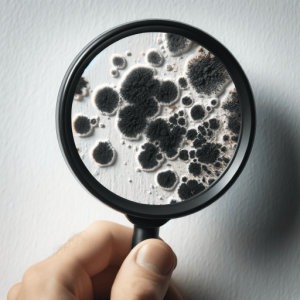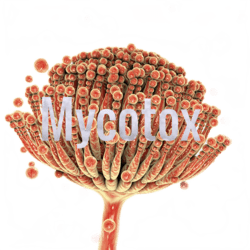There is nothing to show here!
Slider with alias td_encvalW3Jldl9zbGlkZXIgYWxpYXM9InNsaWRlci0xIl1bL3Jldl9zbGlkZXJd not found.
Actinomycetes
Infographic describing actinomycetes as soil-dwelling bacteria with branching filaments, important for decomposing organic material and making antibiotics; contrasts with cyanobacteria, which are photosynthetic, live in water, can form harmful blooms, and are sometimes called ‘blue-green algae.’ Both produce earthy-smelling compounds like geosmin but are otherwise very different and only distantly related.
Environmental Endotoxins, Neuroinflammation, and Long-Term Vulnerability
Table of Contents
AbstractLipopolysaccharides (LPS), potent endotoxins from Gram-negative bacteria, have emerged as significant contributors to neuroimmune activation and neurodegenerative processes. This integrated review compares...
Lipopolysaccharides (LPS) Explained: The Key to Bacterial Defense and Human Inflammation
What Are Lipopolysaccharides (LPS)?Lipopolysaccharides (LPS)—also referred to as endotoxins—are large, complex molecules located in the outer membrane of Gram-negative bacteria such as Escherichia coli and Salmonella. These...
Nicotine- A Vitamin?
H2o2 food grade kills all 6% 3 up to 8 drops in 8 ounce of water.https://pmc.ncbi.nlm.nih.gov/articles/PMC7436654/
Foods high in nicotineReduce insulin resistance in type 1...
Volatile Organic Compounds (VOCs)
Volatile organic compounds (VOCs) are organic chemical compounds that easily vaporize under normal indoor atmospheric conditions of temperature and pressure1. These compounds have a...


Videos
What’s Lurking In Your Environment
Imagine a silent enemy, lurking in your everyday surroundings. The very place you call home or spend hours working could be harboring unseen threats. Alarming new research suggests a link between environmental toxins and a rise in neurological conditions like Parkinson's, Alzheimer's, and even ALS, also known as Motor Neuron Disease. We're not just talking about forgetfulness or the occasional tremor. ALS is a rapidly progressing, devastating illness that can rob you of your ability to move, speak, and even breathe. And the culprit? It could be something as seemingly harmless as blue-green algae, commonly found in water-damaged homes.**This isn't science fiction. This is your reality.**
Is Mould, Bacteria Making You Wheeze?
How Mould Affects Your BreathingStruggling to catch your breath? It's not just the Aussie summer heat that could be causing trouble. Mould lurking in your...
Could Fungal Exposure Contribute To Breast Cancer?
Breast Cancer and Fungal Exposure: Exploring the Potential Link
Understanding the Potential Connection Between Fungi and Breast Cancer
Breast cancer is the most common cancer affecting women...
Case Studies
Effect Of Exposure To Volatile Organic Compounds (VOCs) On Airway Inflammatory Response In Mice
Effect of exposure to volatile organic compounds (VOCs) on airway inflammatory response in mice - PubMed (nih.gov)
Science In Testing
Human Health, Fungal and Bacterial LinksThroughout the world Studies have shown links between Fungal/ Bacterial Exposure and human health issues. What has been missed or...
Scientific Studies
Exposure Links in Contaminated Buildings Numerous Studies have been documented as to the exposural links in Water Damaged Buildings and associated health issues from mould exposureClinical...


